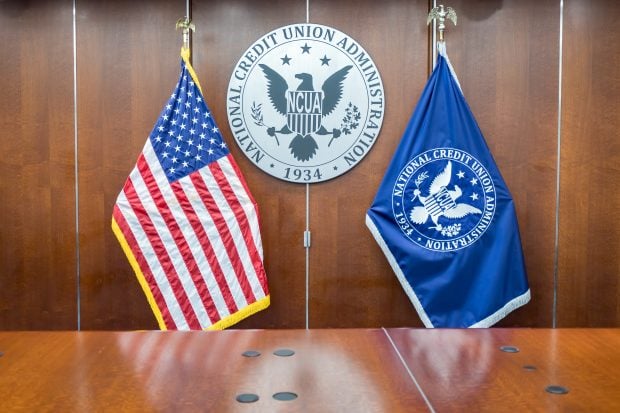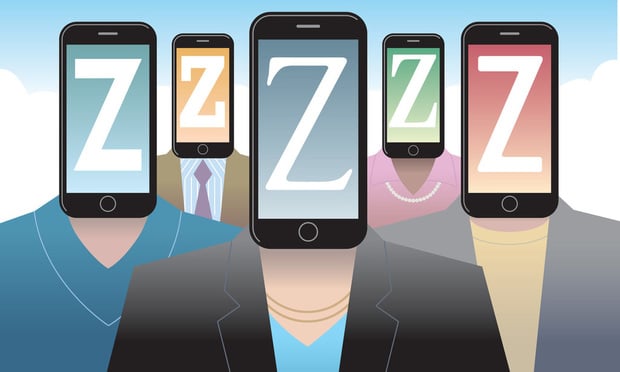The financial services industry is weathering a storm of consumer doubt, fear and anger. In an era of decreasing loyalty, credit unions that deliver exceptional 24/7 member service have a distinct advantage in helping consumers find a dependable, trustworthy financial home. Members have questions, concerns and financial emergencies at all hours of the day and night. It is no longer practical to help them from 9:00 a.m. to 5:00 p.m. Monday through Friday. Knowing a credit union is available 24/7 to serve a member when the member needs it builds loyalty. Credit unions must tout their ability to offer superior service and open, two-way communication-when it's convenient for the member. Ensuring member loyalty is a critical element in maintaining and continually building a strong member base. There is a significant difference between member satisfaction and loyalty. Satisfaction occurs when a credit union meets basic expectations. When a member enters a credit union, he or she expects to access an account, make a payment on a loan or get answers to questions. Loyalty, however, means the member is an advocate for the credit union and proudly tells others about the service received. The loyal member will go out the way to use the credit union's services, even if another financial institution offers comparable terms. While some consumers will base their decision solely on the cost, interest rate or fee structure, most decisions involve intangible factors: How am I treated when I have a problem? Does the credit union have my interests at heart? Building loyalty is a three-step process. First, a credit union must have the product or service a member needs. Next, the member must be able to conduct the transaction in a way that meets needs and expectations, which for many consumers means online or mobile banking. The final step is building a loyal relationship with the member. Call centers and member service departments play a crucial role in the development of the final two steps. A member's primary contact with a credit union is by phone. Having a well-trained call center with representatives who are prepared to exceed member expectations is one of the easiest ways to build loyalty among members. Handling a member's inquiry on the first call is another way to ensure member loyalty. First call resolution rate is the percentage of calls resolved on the first call without being transferred to another agent-and it's the primary driver of member loyalty. Credit unions who improve FCRR usually see an improvement in their efficiency metrics. According to a 2009 report by The Ascent Group, "First call resolution is perhaps the most powerful call-center metric. When you improve FCRR, you're improving quality, reducing costs and improving customer satisfaction, all at the same time." The key to having a great FCRR is installing the proper tools to ensure the caller reaches an agent who can address and resolve the concern. This means having a call routing system in place to send questions about mortgages to the lending department or questions about password resets to the technical support department. Several other key factors contribute to member satisfaction and loyalty. Scripting is an essential ingredient that ensures that each call is handled both consistently and accurately. In addition, specialized training helps call-center representatives empathize with members and communicate concern. Recorded calls should be used to evaluate representatives both to reward them for excellent service and to offer more training if needed. Finally, business continuity is an essential ingredient, not just for power outages or natural disasters but also for temporary situations like the recent San Francisco Bay Bridge closures, which affected the ability for credit union employees to get to work. What is your credit union's business continuity plan for ensuring member support during an emergency or special event? Many credit unions deliver great member service, but tracking and measurement tools are needed to validate the level of service provided. For example, successful call centers need to track wait times and abandonment rates, first-call resolution and whether accurate and consistent information is being delivered to your members. The current financial pressures experienced by Americans have boosted member expectations and needs to an all-time high. A third-party call center can provide credit unions with access to specialized technology and training that translates into exceptional service. It can also be employed as needed-during emergencies, peak call volumes, after hours or around the clock. It's time to evaluate the benefits of partnering with a third party for some or all contact center calls to achieve the ultimate goal: member loyalty and long-term relationships.
Peter Schmitt is executive director of PSCU Financial Services. He can be reached at 800-205-4268 or [email protected]
Continue Reading for Free
Register and gain access to:
- Breaking credit union news and analysis, on-site and via our newsletters and custom alerts.
- Weekly Shared Accounts podcast featuring exclusive interviews with industry leaders.
- Educational webcasts, white papers, and ebooks from industry thought leaders.
- Critical coverage of the commercial real estate and financial advisory markets on our other ALM sites, GlobeSt.com and ThinkAdvisor.com.
Already have an account? Sign In Now
© 2024 ALM Global, LLC, All Rights Reserved. Request academic re-use from www.copyright.com. All other uses, submit a request to [email protected]. For more information visit Asset & Logo Licensing.









